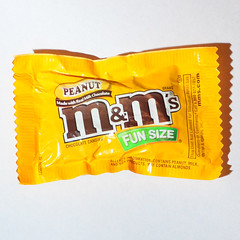If there’s one good thing about this coronavirus mess, it’s the way that it’s brought us together. That’s ironic considering how we’re being told to stay away from one another.
But let me ask you a question: Did you expect this thing with the toilet paper?
You’d think that certain food staples would be scooped off the shelves, but now we know that people are more concerned about wiping their ass than they are about eating.
This turns everything upside down, including what we know about dealing with a crisis. And zombies.
In The Walking Dead, you sometimes see the characters foraging for food and weapons, but toilet paper? Never. I argue therefore, that the Walking Dead is not realistic, because people are not obsessed with toilet paper. Yes, I know, the whole thing about people coming back from the dead is also unrealistic — but the toilet paper!
Art imitates life, so zombie stories will probably start including some toilet paper sub-plots, and you know what, it’s something we’ll all relate to.
Meanwhile, continue to ration and wipe with care. Me? I’m waiting for the bidet I ordered from Home Depot. The key to survival is self-sufficiency.


 People were asking this week if we get a lot of trick-or-treaters. I wasn’t sure what to say because the truth is I’ve never actually counted — until last night.
People were asking this week if we get a lot of trick-or-treaters. I wasn’t sure what to say because the truth is I’ve never actually counted — until last night.
 Â
 